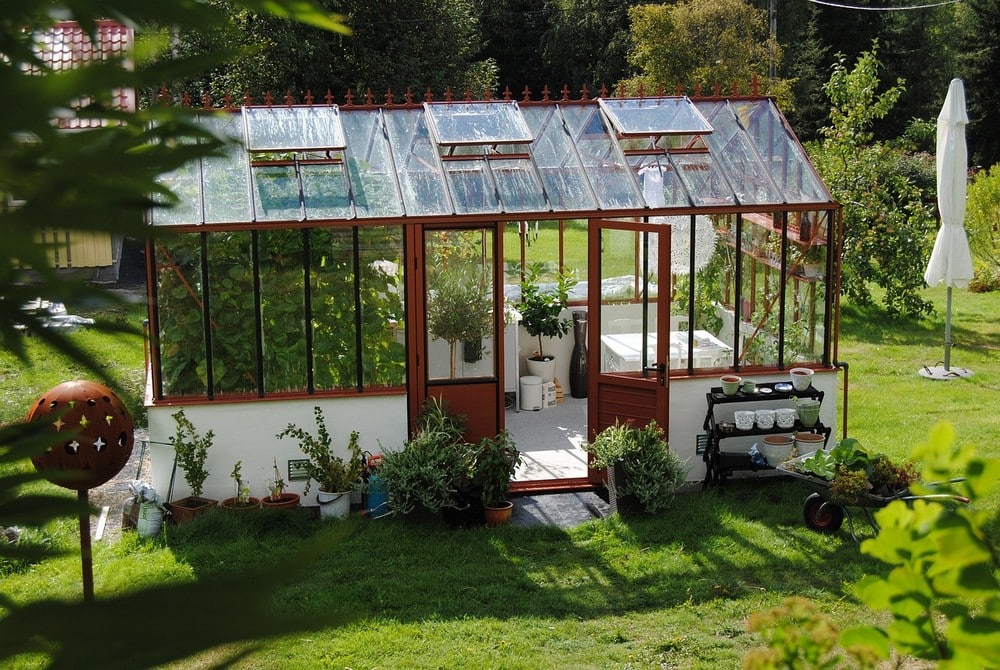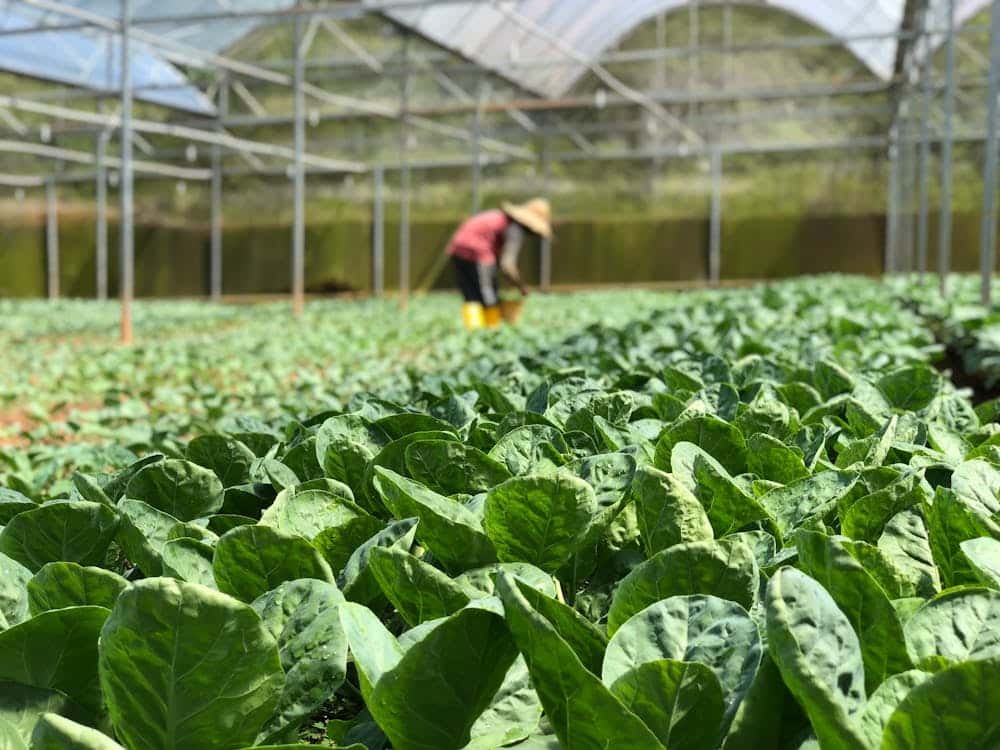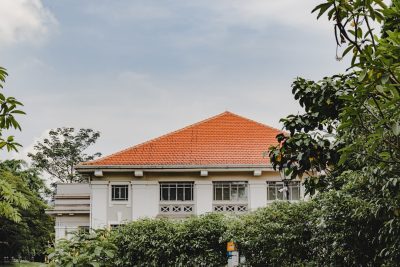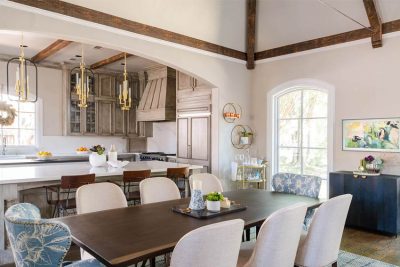Starting a homestead garden is one of the most rewarding steps you can take to create a sustainable, self-sufficient lifestyle. Whether you’re growing food for your family, starting a business, or simply enjoying the outdoors, building a homestead garden requires careful planning and attention to detail. Here’s how you can build the perfect homestead garden, step by step.

Assess Your Space
Consider factors like the size, shape, and layout of your garden space. Identify areas that receive the most sunlight since most vegetables and fruits require at least six hours of direct sunlight a day. You’ll also need to think about drainage – areas that tend to stay wet may need raised beds or improved soil to prevent root rot. To access your space, leaders in commercial greenhouses can provide customized solutions that maximize efficiency and optimize plant growth. Assessing the terrain and climate conditions will help you choose the right crops for your area.
Choose the Right Plants
Your garden’s success hinges on selecting the right plants for your climate and growing season. Research the hardiness zone in your area and choose plants that thrive in that climate. Start with easy-to-grow vegetables like tomatoes, carrots, lettuce, and beans. Consider adding fruit trees, berry bushes, or herbs depending on the space you have available. Mixing perennial plants, which grow year after year, with annuals will give you a variety of crops and ensure your garden remains productive over time.
- Consider your growing zone: Every region has its own set of plants that thrive in its unique climate. By choosing plants suited for your growing zone, you avoid wasting time and effort on crops that may struggle to survive.
- Start with easy-to-grow varieties: If you’re new to gardening, it’s wise to start with plants that are known for being low-maintenance and easy to grow. Crops like tomatoes, lettuce, zucchini, and beans are ideal for beginners because they require less attention and are typically more forgiving.
- Mix perennials with annuals: Perennial plants return year after year, which means you’ll spend less time replanting. Annuals, such as corn, peas, and peppers, need to be replanted each year but provide faster yields.
Plan Your Garden Layout
Planning your garden layout is crucial for maximizing space and ensuring healthy plant growth. Use the principles of companion planting, which involves pairing plants that benefit each other, like basil and tomatoes or beans and corn. Consider using raised beds, which help with drainage and soil quality, and vertical gardening methods like trellises for climbing plants. You might also want to create dedicated zones for different plant types, such as a vegetable section, a herb garden, and a fruit tree area, to keep your garden organized and manageable.
Prepare the Soil
Soil preparation is one of the most important aspects of building a successful garden. Test your soil to determine its pH and nutrient levels, and amend it as necessary. For most plants, you’ll need rich, loamy soil with good drainage. Add organic matter like compost, manure, or mulch to improve the soil structure and provide nutrients. If your soil is particularly sandy or clay-heavy, consider adding specific soil amendments to help it retain moisture and nutrients. Healthy soil means healthy plants, so don’t skip this crucial step.
Establish a Watering System
Water is essential for your garden’s success, and you need a system in place to keep your plants hydrated. Depending on your climate, you may need to water your garden frequently or only occasionally. Consider installing a drip irrigation system to minimize water waste and deliver moisture directly to the roots. If you live in an area with heavy rainfall, consider creating swales or rain gardens to capture runoff and direct it to your plants. You can also collect rainwater in barrels to help with watering during dry spells.
Drip Irrigation System
A drip irrigation system delivers water slowly and directly to the roots, minimizing evaporation and runoff. This method is highly efficient for gardens of all sizes, and it ensures that plants receive consistent moisture. With a timer, you can automate your watering, which saves time and ensures your plants get watered even when you’re busy or away. Drip irrigation systems are especially useful for vegetable gardens and flower beds.
Maintain Your Garden Regularly
Once your garden is planted, regular maintenance is key to its ongoing success. Keep an eye on pest and disease problems, and use natural methods like companion planting, neem oil, or homemade sprays to control them. Regularly weed your garden to prevent unwanted plants from stealing nutrients and water from your crops. Mulch around your plants to keep weeds down, retain moisture, and regulate soil temperature. Also, be sure to harvest crops as they ripen to encourage further production and avoid spoilage.

Building the perfect homestead garden requires time, effort, and patience, but the rewards are worth it. With careful planning, thoughtful plant selection, and diligent maintenance, you can create a garden that not only provides fresh, nutritious food but also becomes a peaceful retreat. Whether you’re just starting or looking to expand your current garden, the key is to learn as you go and enjoy the process.








